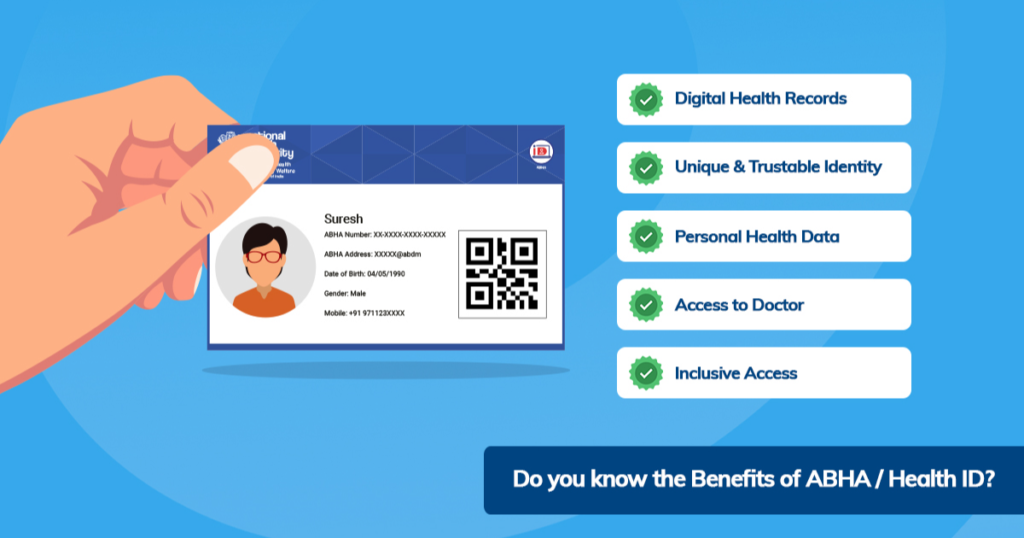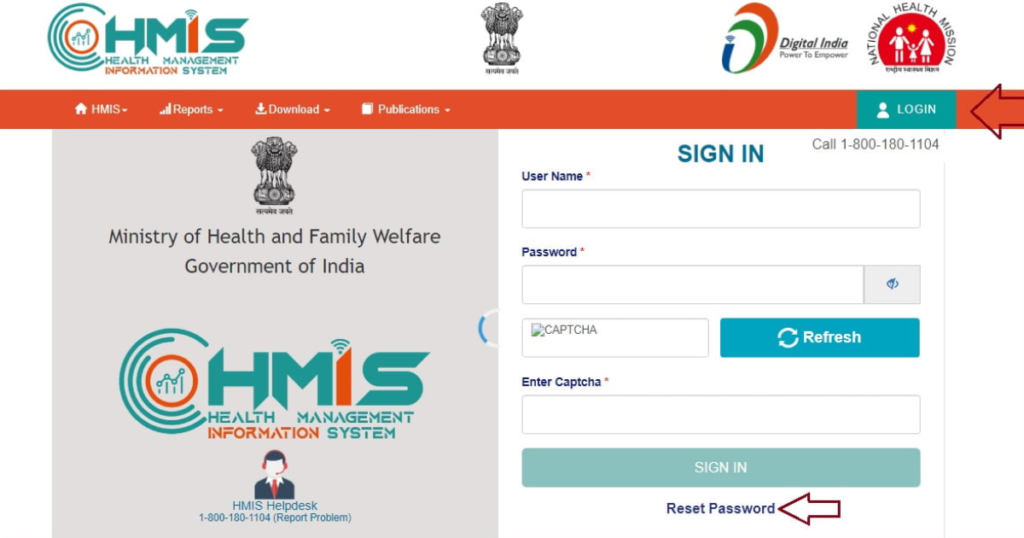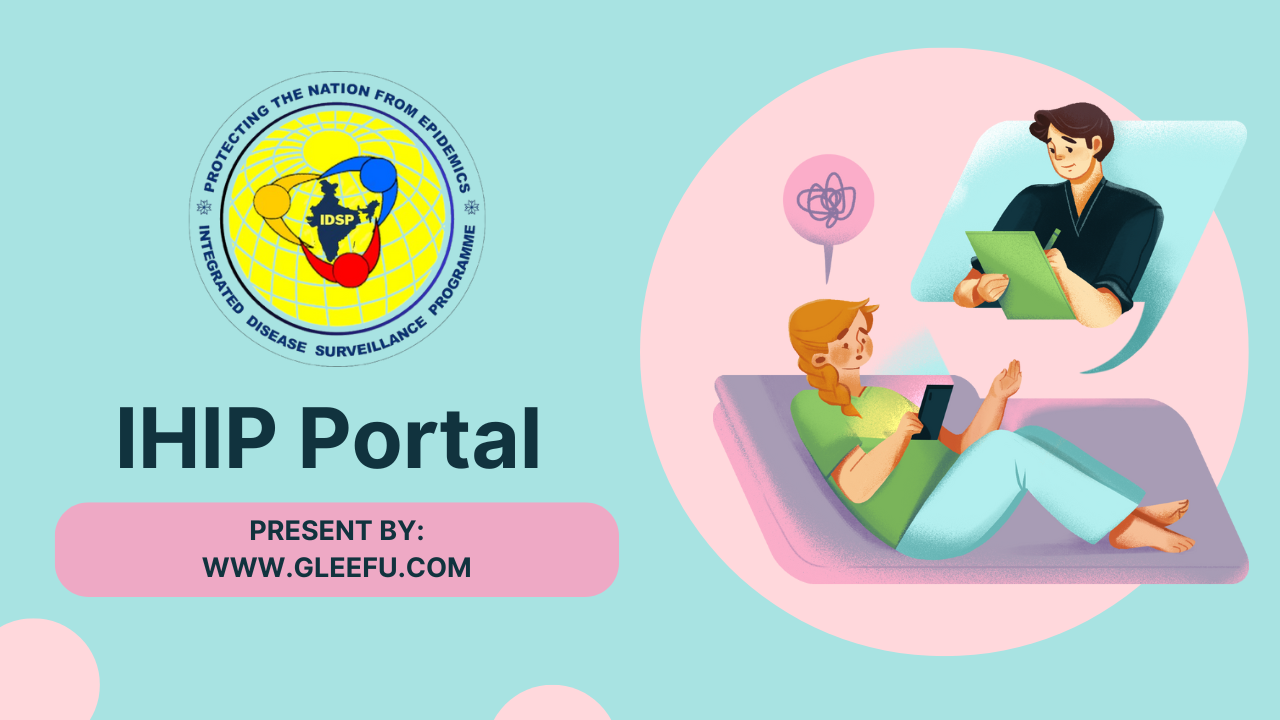The IHIP Portal (Integrated Health Information Platform) is a significant initiative by the Indian government aimed at revolutionizing health surveillance and data management. As a part of India’s digital transformation in the healthcare sector, IHIP plays a crucial role in monitoring disease outbreaks, ensuring accurate health reporting, and strengthening the country’s public health infrastructure.
In this blog, we will explore the features, benefits, registration process, functionalities, and importance of the IHIP Portal in India’s healthcare system. This guide will provide you with in-depth insights into how the portal works and how it is shaping the future of digital healthcare.
What is the IHIP Portal?
The Integrated Health Information Platform (IHIP) is an electronic real-time, case-based disease surveillance system. It was launched by the Ministry of Health & Family Welfare, Government of India, to provide real-time data monitoring and analysis of public health concerns, including disease outbreaks. The integrates multiple health-related databases and ensures data-driven decision-making in the healthcare system.
Key Features of the IHIP Portal
The IHIP Portal comes with several features that make it an advanced tool for health monitoring in India:
- Real-Time Disease Surveillance: The platform collects and monitors disease-related data in real time, enabling prompt response to outbreaks.
- Cloud-Based System: The portal is hosted on a cloud-based infrastructure, making it secure and accessible from anywhere.
- Case-Based Monitoring: It tracks individual cases of diseases and maintains detailed records of patient history.
- Integration with Other Health Systems: IHIP is linked with various government health programs such as the National Health Mission (NHM) and Integrated Disease Surveillance Program (IDSP).
- Data Visualization Tools: The system provides detailed analytics, maps, and graphical representations for easy interpretation of data.
- Mobile Accessibility: IHIP is mobile-friendly, allowing healthcare workers to update data through mobile devices.
- Artificial Intelligence (AI) and Machine Learning (ML): The platform utilizes AI and ML for predictive analysis and automated report generation.
- Role-Based Access: Only authorized personnel, including health officials and medical staff, can access the portal with specific permissions.
What is the ABHA Card?
The Ayushman Bharat Health Account (ABHA) Card is a key initiative under the Ayushman Bharat Digital Mission (ABDM). It allows individuals to create a unique health ID to store and share medical records digitally, ensuring easy access to healthcare services across India.
Features of the ABHA Card
- Unique Health ID: Provides a unique 14-digit ABHA number for each individual.
- Easy Access to Health Records: Enables users to store and share medical history securely.
- Integration with Digital Health Ecosystem: Seamlessly connects with hospitals, clinics, and healthcare providers.
- Consent-Based Data Sharing: Users have full control over their health data sharing.
- Paperless and Hassle-Free: Eliminates the need for physical health records.
How ABHA Card Integrates with IHIP Portal

The ABHA Card plays a crucial role in strengthening the IHIP Portal by:
- Allowing seamless patient identification and tracking.
- Facilitating secure health record management.
- Enabling efficient disease surveillance by linking health records with national databases.
- Supporting faster diagnosis and treatment plans with access to medical history.
Objectives of the IHIP Portal
The primary objectives of the IHIP Portal include:
- Early Detection and Response: Identifying potential disease outbreaks before they spread widely.
- Enhanced Data Collection: Ensuring accurate and real-time reporting of health data.
- Public Health Planning: Assisting policymakers in making data-driven decisions.
- Improved Coordination: Enhancing collaboration between different health departments.
- Automated Report Generation: Reducing manual work and errors in health reports.
Benefits of the IHIP Portal
The IHIP Portal offers numerous benefits to healthcare professionals, government agencies, and the general public. Some of the notable advantages include:
- Enhanced Public Health Surveillance: By providing real-time surveillance, the IHIP Portal helps authorities track and manage disease outbreaks efficiently.
- Improved Data Accuracy: With an electronic, cloud-based system, the chances of data manipulation and human errors are minimized.
- Better Resource Allocation: The platform helps authorities allocate healthcare resources effectively based on real-time data insights.
- Faster Response to Epidemics: The system enables early warning notifications, leading to prompt responses and containment of disease outbreaks.
- Seamless Data Sharing: The IHIP Portal integrates with different health organizations, facilitating smooth data exchange for coordinated efforts.
How to Register on the IHIP Portal?

If you are a healthcare professional or an authorized personnel looking to use the IHIP Portal login, follow these steps to register:
- Visit the official IHIP Portal website: Navigate to the official website (provided by the Ministry of Health & Family Welfare).
- Click on ‘New User Registration’: If you are a first-time user, register by filling out the required details.
- Enter personal and professional details: Provide your full name, designation, department, and organization details.
- Verify through OTP: An OTP will be sent to your registered mobile number for verification.
- Create a username and password: Set up your login credentials securely.
- Complete registration: Submit your details and wait for approval from the concerned health authorities.
- Login and start using the portal: Once approved, you can log in and start utilizing the portal’s features.
Functions of the IHIP Portal
The IHIP Portal serves multiple functions that contribute to an efficient healthcare monitoring system:
- Surveillance & Monitoring: Collects real-time data on diseases and health-related events.
- Early Warning Alerts: Issues alerts for potential disease outbreaks.
- Data Integration: Combines information from various health programs and departments.
- Geospatial Mapping: Uses GIS technology for disease mapping and trend analysis.
- Health Data Analytics: Provides predictive analysis for health trends.
- Automated Report Generation: Reduces paperwork and enhances efficiency.
- Policy Formulation Assistance: Supports decision-makers in formulating public health policies.
Table: Comparison of Traditional Health Monitoring vs. IHIP Portal
| Feature | Traditional Health Monitoring | IHIP Portal |
| Data Collection | Manual entry, prone to errors | Real-time digital data entry |
| Surveillance | Delayed and paper-based | Instant and automated |
| Report Generation | Time-consuming | Quick and automated |
| Access | Limited accessibility | Cloud-based, available anywhere |
| Integration | Isolated health records | Integrated with various health programs |
| Response Time | Slow reaction to outbreaks | Immediate alerts and actions |
| Data Security | Vulnerable to manipulation | Encrypted and secure storage |
Future of the IHIP Portal
The future of the IHIP Portal looks promising, with continuous technological advancements in digital health management. The government plans to enhance the platform by integrating AI-driven analytics, blockchain for secure data management, and IoT-enabled health tracking systems. With these advancements, India’s public health sector is expected to see significant improvements in disease control, prevention, and policy-making.
FAQ’s
Q1. How frequently is the data updated in the IHIP Portal?
Ans. Data is updated in real-time or at scheduled intervals, depending on the reporting system.
Q2. Is the IHIP Portal integrated with other health systems?
Ans. Yes, it can integrate with national and regional health systems for seamless data exchange.
Q3. How does the IHIP Portal support government health initiatives?
Ans. It provides data-driven insights to shape policies, manage outbreaks, and allocate healthcare resources effectively.
Q4. Can reports be generated through the IHIP Portal?
Ans. Yes, users can generate detailed reports on disease trends, vaccination coverage, and other health metrics.
Q5. Does the IHIP Portal help in vaccination tracking?
Ans. Yes, it plays a crucial role in tracking immunization records and coverage.
Conclusion
The IHIP Portal is a groundbreaking initiative in India’s healthcare system, designed to improve disease surveillance, data accuracy, and decision-making. By leveraging real-time monitoring, automated data collection, and AI-powered analytics, the portal enhances public health management. As more healthcare professionals and institutions adopt this system, India is set to achieve better healthcare outcomes, faster epidemic responses, and a more robust public health infrastructure.
If you are a healthcare professional, exploring the IHIP Portal can help you contribute to a more efficient and transparent healthcare system in India. Stay informed, stay updated, and leverage this innovative platform for a healthier tomorrow.
Read More Blogs…




